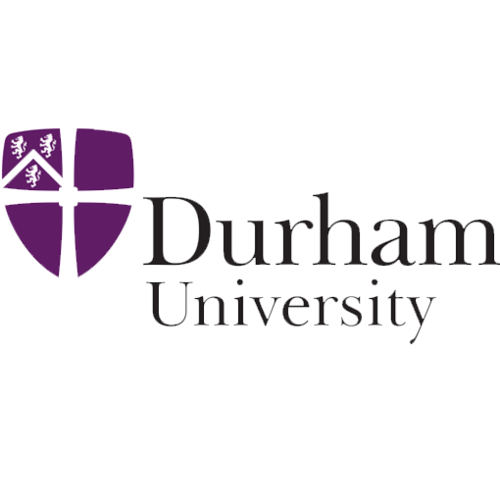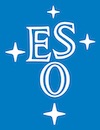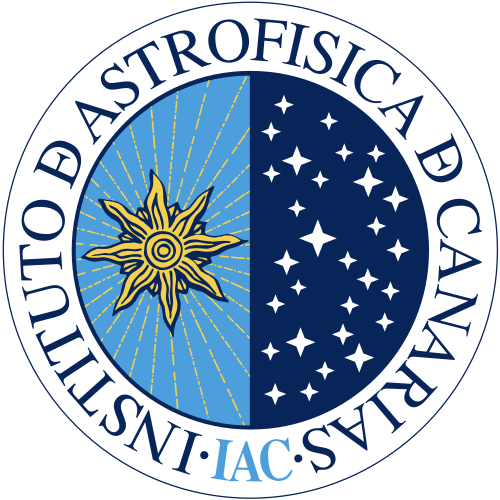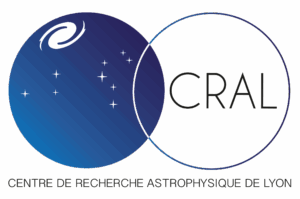Consortium
International Collaboration The HARMONI Consortium
The HARMONI Consortium has expanded since the contract signature for the Build Phase in 2015. The partner institutes working on the design and build are based in the UK, France, and Spain (as detailed below). In addition, the University of Michigan has joined as a partner, providing a much needed cash injection. As was the case for many VLT instruments, the ESO detector group is also a member of the consortium, although they are not signatories to the Consortium Agreement. The detector group provides the ESO in-kind contribution of the science detectors and their readout systems. The Consortium operates under the auspices of a Consortium Agreement in the context of the ESO Contract. In some cases, Partner institutes have enlisted the help of an ‘Associate Partner’ to work on specific parts of their work package(s). A notable example is the Institut de Planétologie et d’Astrophysique de Grenoble (IPAG), who are contributing both the hardware and the staff effort for the High Contrast capability.
- The University of Oxford (UOX) hosts the Principal Investigator and shares the project leadership and main Project Office roles with the UK Astronomy Technology Centre. Oxford staff include the Instrument Scientist, the Lead Systems Engineer and Project Administrator. Oxford’s main product deliverables are the Spectrographs; responsibility for the spectrograph work package rests with the spectrograph team and the Institute Project Manager. The Rutherford Appleton Laboratory (RAL Space) is an Associate Partner supporting the Spectrograph work. Oxford are also delivering Observer Support Software.
- The UK Astronomy Technology Centre (UKATC) has joint leadership of the project and hosts the Project Manager, the deputy Systems Engineer, and Lead Discipline Engineers for optical and mechanical engineering. It will host the IFS assembly and verification, and provide the Cryostat, the Instrument Rotator, IFS Cable wrap and the Instrument Support Structure. The UK ATC is also responsible for the Focal Plane Relay system. Together the two UK Institutes form the Lead Technical Institute.
- The University of Durham are a UK partner, with responsibility for the adaptive optics control system (AOCS), and a large part of the NGS system (the Low Order WFS Bench).
- Laboratoire d’Astrophysique de Marseille (LAM) in France host the Deputy PI and the Deputy PM, as well as the AO Scientist and the AO Systems Engineer. They are responsible for the AIT of the Top End, and delivery of the SCAO sub-system, the Laser Guide Star System (LGSS), and parts of the NGSS. Associate partners Office National d’Etudes et de Recherches Aérospatiales (ONERA) help with both the SCAO and LTAO sub-systems; IPAG are responsible for the High Contrast capability and assist with the LGSS.
- The Centre de Recherche Astrophysique de Lyon (CRAL) hosts the Software Systems Engineer aided by the Software Scientist as link to the science team. CRAL are responsible for the Science Data Software, the Integral Field Unit, and the Instrument Control Software. The ICS work is led by L’Institut de Recherche en Astrophysique et Planétologie (IRAP, Tolouse), associate partners of CRAL, with support from staff at LAM, IPAG, and Laboratoire LAGRANGE of the Observatoire de la Côte d’Azur (Nice) via the EFISOFT collaboration.
- The Instituto de Astrofísica de Canarias (IAC) provides the Lead Discipline Engineer for electronics. The main deliverables of the IAC to the HARMONI Consortium are the Pre-optics sub-system and the Instrument Control Electronics.
- The Centro de Astrobiologia (CAB) hosts the Calibration Scientist and the Project Scientist. They are responsible for the Calibration Unit and parts of the NGSS. CAB is a joint institute of the Spanish Research Council, Consejo Superior de Investigaciones Científicas (CSIC) and Instituto Nacional de Técnica Aeroespacial (INTA).
- The Astronomy Department of the University of Michigan contributes to the HARMONI science team. They provide a cash contribution to the instrument hardware.
- The Detector Group of the European Southern Observatory (ESO) provides all the science detectors and associated controllers, cabling and software.








